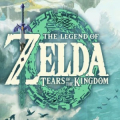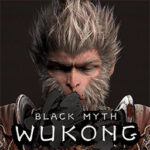
Genshin Impact
All trademarks belong to their respective owners.
Advertisement
Popular Now
Introduction
Genshin Impact, developed by HoYoverse, has become a cultural phenomenon since its release in 2020. While its stunning graphics, immersive world-building, and engaging gameplay have been praised, the game's monetization model has sparked ongoing debate. This article examines the “gacha” system in Genshin Impact, delving into its impact on players, the ethical concerns surrounding it, and how it shapes the gaming industry.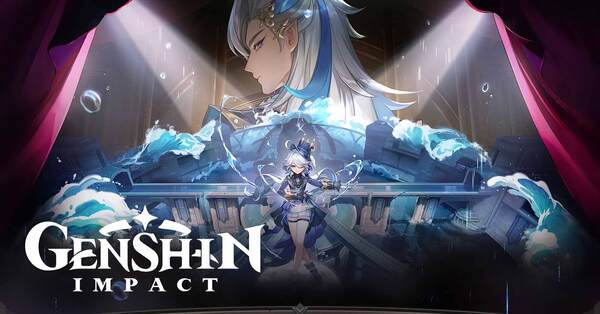
The Rise of Gacha in Genshin Impact
The core monetization model of Genshin Impact revolves around the gacha system. What Is Gacha? Gacha is a lottery-like mechanic where players spend in-game currency to obtain random rewards, such as characters or weapons.- Players can earn currency (Primogems) through gameplay or purchase it using real money.
- Each pull is a gamble, with rare items having very low drop rates (e.g., 0.6% for 5-star characters).
The Allure of Limited-Time Banners
Genshin Impact frequently introduces time-limited banners featuring exclusive characters or weapons. The Fear of Missing Out (FOMO) Players often feel compelled to pull for characters during their banner period due to their temporary availability.- HoYoverse leverages FOMO by creating compelling character lore and powerful gameplay abilities.
- The pressure to pull intensifies when banners feature fan-favorite characters.

The Dark Side of Gacha Spending
While gacha can be entertaining, it has significant downsides. Financial Strain on Players Many players report spending more money than intended, leading to financial stress.- A lack of clear spending caps in games like Genshin Impact enables impulsive purchases.
- “Whales” (players who spend thousands of dollars) are often necessary for sustaining the game's revenue.
The Community's Response to Monetization
Player reactions to Genshin Impact's gacha system have been mixed. Voices of Discontent Critics argue that the game’s monetization exploits psychological vulnerabilities. Complaints include:- Low drop rates for premium content.
- High costs for guaranteed rewards, often requiring hundreds of dollars.
Pity Systems: A Double-Edged Sword
To address complaints, Genshin Impact incorporates a “pity system.” How It Works The pity system guarantees a 5-star reward after a certain number of pulls, softening the randomness.- Hard pity: Ensures a 5-star character or weapon after 90 pulls.
- Soft pity: Increases drop rates as players approach the hard pity threshold.
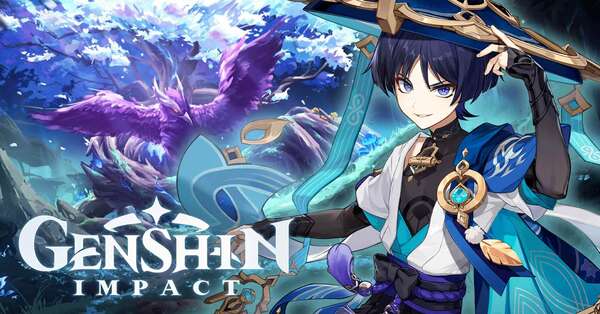
The Economics of Genshin Impact
The game's monetization strategy is not just a revenue tool; it's a business model. HoYoverse's Record-Breaking Profits Genshin Impact reportedly earned over $4 billion by mid-2023, making it one of the highest-grossing games globally.- Revenue supports frequent content updates, voice acting in multiple languages, and global marketing campaigns.
Comparisons with Other Gacha Games
Genshin Impact is often compared to other gacha games like Fate/Grand Order and Arknights. What Sets Genshin Apart Unlike many gacha games, Genshin Impact offers an open-world experience, enhancing player immersion and retention. Similarities in Monetization All these games rely on similar mechanics: low drop rates, time-limited events, and a reliance on whales to sustain revenue.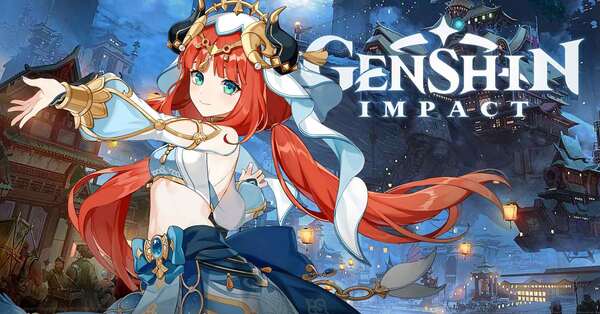
Ethical Concerns and Regulation
As gacha systems grow more prominent, they face increasing scrutiny from regulators and advocacy groups. Calls for Transparency Critics demand clearer odds and spending limits to protect players. Some countries, like Belgium, have banned loot boxes entirely. HoYoverse’s Response The company has implemented minor adjustments, such as displaying pull rates, but significant changes to the core system remain unlikely.Player Strategies: Beating the System
Players have developed various strategies to navigate the gacha system. F2P vs. P2W- F2P (Free-to-Play) players rely on saving Primogems from in-game events and quests.
- P2W (Pay-to-Win) players spend real money to quickly acquire premium content.
- Track Primogem earnings and plan pulls around banners.
- Utilize tools like wish simulators to understand probabilities before committing.
